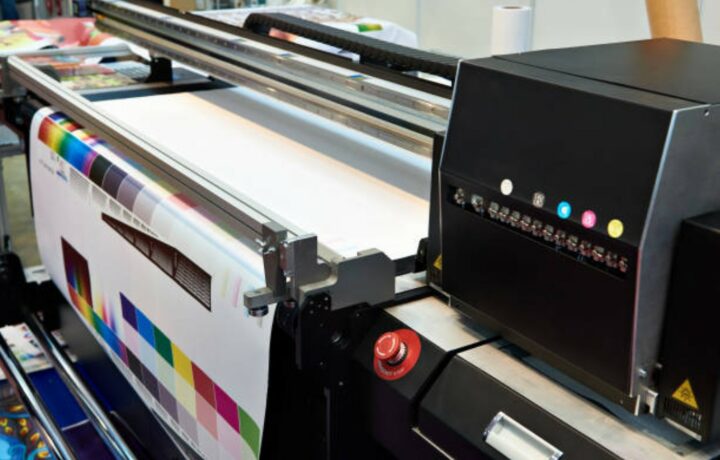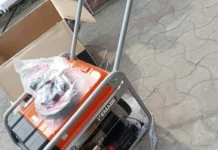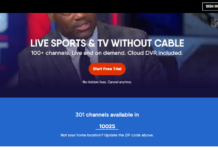 Printing technology has witnessed extensive innovation since its inception in Gutenberg’s press. The newest technology in the printing industry is sublimation printing. Sublimation printing is a popular and cost-effective way to create vibrant, full-color prints on virtually any substrate. It’s perfect for anyone looking to add custom designs or logos to products like t-shirts, mugs, hats, and more.
Printing technology has witnessed extensive innovation since its inception in Gutenberg’s press. The newest technology in the printing industry is sublimation printing. Sublimation printing is a popular and cost-effective way to create vibrant, full-color prints on virtually any substrate. It’s perfect for anyone looking to add custom designs or logos to products like t-shirts, mugs, hats, and more.
But before you can start creating beautiful prints with sublimation printers, it’s important to understand the basics. This guide will provide a comprehensive overview of sublimation printing technology and help beginners get started.
What Is Sublimation Printing?
Sublimation printing is a special type of digital printing process that uses heat to transfer dye onto various materials such as paper, plastic, fabric, metal, or ceramic surfaces.
Unlike other types of digital printing processes that use inkjet technology (like inkjet printers), good-quality sublimation printers don’t require any inks or toners; instead, it uses heat-sensitive dyes that are printed onto special paper and then transferred directly onto the desired material using heat and pressure.
The Benefits of Sublimation Printing

Sublimation printing has many advantages over traditional methods such as screen printing or flexography. It offers superior print quality with vibrant colors that won’t fade over time. Additionally, it’s fast and cost-effective compared to other methods because there are no screens or plates required for setup.
Further, since the images are printed directly onto the material itself rather than being applied as an overlay like with other processes (such as vinyl transfers), they will last longer without peeling or cracking due to wear and tear.
And finally, since all of the images are created digitally rather than manually through hand painting or stenciling techniques like with screen printing, they can be easily changed at any time without having to make new screens each time a design change is needed. This makes this printing process an ideal choice for businesses that regularly need to update their branding materials quickly.
What You’ll Need For Sublimation Printing
To get started with sublimation printing, you’ll need three main components: a sublimation printer (such as an Epson Workforce Pro WF-7720 Printer), special transfer paper designed specifically for this type of imaging, and finally, either a mug press/heat press machine (for applying your designs onto mugs).
Once you have these items gathered together, you’re ready to begin!
How To Use A Heat Press For Sublimation Prints
Using your newly acquired sublimation printer is relatively simple. Still, there are some key steps one must follow in order to ensure optimal results every time.
- First, be sure to preheat your heat press machine according to manufacturer instructions before beginning your project (this helps ensure even heating across all surfaces).
- Next, place your design face up on the surface area where you plan on pressing it down.
- Then line up either side so that the design is centered properly before pressing down firmly using both hands until all edges have been sealed evenly across the entire surface area. This step helps ensure proper adhesion between the image and substrate during the transfer process.
- Finally, once everything has been pressed down, securely close the lid and wait for 10 seconds before opening it again. This allows enough time for dye molecules within the image to become activated by heat, allowing them to transfer correctly onto the desired material.
Troubleshooting Common Problems With Sublimation Printers

Despite its many benefits, there may come times when things don’t go quite as expected while working with sublimation printers.
Here are a few common problems faced during sublimation printing and how to troubleshoot them.
- Color Bleeding: When too much pressure is used during pressing, it causes colors to bleed into each instead of staying separate entities. Solution – reduce the amount of pressure being applied evenly across the entire surface area.
- Uneven Heating: If certain areas are not heated properly, there are chances of unevenness resulting from improper calibration settings. Solution – double check printer settings and adjust accordingly if necessary.
- Blurred Images: If the image appears blurry after being transferred, it is likely due to incorrect temperature settings. The solution – lower the temperature slightly, and try again to see if it improves.
Conclusion
Whether creating custom apparel or mugs, the possibilities are truly endless when it comes to what a sublimation printer can do. With the right knowledge and equipment, sublimation printing can provide fast printing solutions which are cost-effective too. So follow this guide when using sublimation printers, and we ensure the results will not be disappointing!













